As of February, a great deal of uncertainty still remains as firms—and the stock market—try to predict the Trump administration’s next moves. There is a lot on the table right now that could work for—or against—life sciences companies, specifically pharmaceuticals.
What does the future hold for pharmaceuticals under President Trump?
This is the billion dollar question that no one really knows the answer to. The president hasn’t announced anything yet but based on what we do know, changes could be good for the pharmaceutical industry, bad, or leave things mostly unchanged.
Here’s a quick summary:
– President Trump was not as outspoken about his plans to reduce prescription prices as Mrs. Clinton was but he has remarked that something needs to be done about the prices of medications
– The president would like to see a streamlined FDA approval process and favors an overall reduction in regulations
– Mr. Trump also ran on the desire to lower the tax rate, specifically on businesses
– Mr. Trump has mentioned the possibility of allowing Americans to import lower cost drugs from outside the U.S.
– President Trump’s recent travel ban could impact the ability and desire for scientists in the international community to come to U.S.
– Any plans regarding prescription drug prices for consumers will likely be heavily tied to Mr. Trump’s proposal to replace the Affordable Care Act (“Obamacare”)
Of course these points would still be subject to approval and implementation, but it does leave a lot of uncertainty—and markets tend to dislike uncertainty.
The same rules still apply
We do know the new administration plans to shake things up. Whatever changes are to come may be beyond the control of the average citizen, but keep in mind there are still plenty of things you cancontrol.
1. Evaluate in neutral terms: Regardless of any personal feelings you may have either for or against the new president, it is critical to be as impartial as possible when deciding how to manage your investments. Allowing personal feelings about how the administration may help or harm the economy can be a slippery slope.
2. Focus on the long term: Recall the basic principles of a diversified long-term investment strategy: the market is sure to go up and down as it reacts to short term headlines—expect it—and stay the course. Often the worst thing investors can do is react to market volatility by selling low and reentering when prices are high.
3. Diversify, diversify, diversify—the best way to mitigate your risk is to have a diversified portfolio of investments across industries, geographies, and asset classes. This especially includes equity based compensation. Individuals often hold too much equity in their employer’s stock which can have devastating consequences if not managed properly.
Managing your investments
Stop and consider any changes before you increase or decrease your investment. Buying more equity or retaining shares you would have otherwise liquidated for cash based on what you expect to happen in the industry is a lot like stock picking or active management. It has been well documented that these approaches are largely unsuccessful. According to S&P Indices Versus Active (SPIVA®), over the past 10 years, 82% of actively managed large-cap funds have failed to outperform their benchmark. Mid and small-cap managers have had even more difficulty outperforming their benchmark; over the same 10-year period 88% of managers have failed in this regard.
Industries with a lot of M&A activity may have more risk
There is a lot of movement in life sciences. Staff will come and go as drugs are approved, denied, R&D expands or contracts, and companies are often acquired. There are a number of ways a company’s stock could be treated after an acquisition. Shares may be given a new valuation based on the terms of the deal and cashed out, or converted to shares of the new company’s stock, or perhaps even left unchanged. Price fluctuations are common as the market weighs in on the deal.
Related Articles
- Companies Flocking to Japan for Biotech Deals
- Partnerships Propel Stellar Biotechnologies’ Vaccine Technology
Kristin McFarland, CFP®, MBA, is a wealth advisor at Darrow Wealth Management, an SEC registered investment advisor in Massachusetts. The material contained in this article is for general information only and should not be construed as the rendering of personalized investment, legal, accounting or tax advice. If you would like to discuss your personal situation, please contact McFarland directly.
Want to read more Life Sciences Report articles like this? Sign up for our free e-newsletter, and you’ll learn when new articles have been published. To see recent articles and interviews with industry analysts and commentators, visit our Streetwise Interviews page.










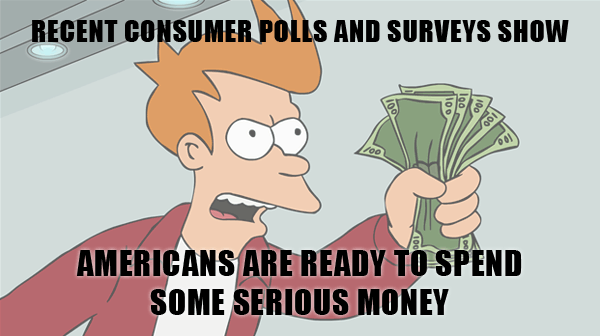
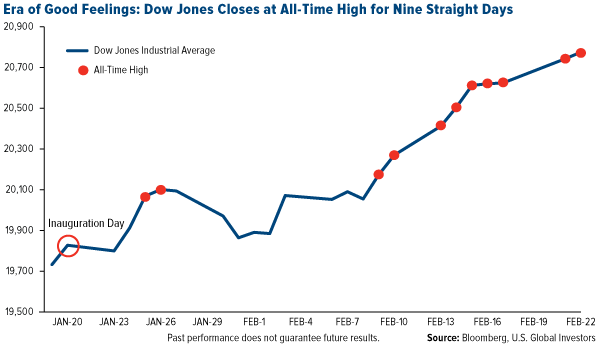
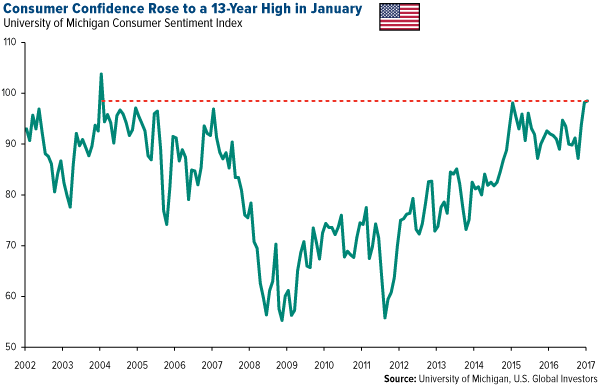
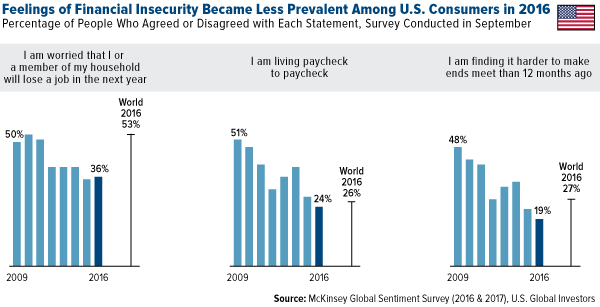










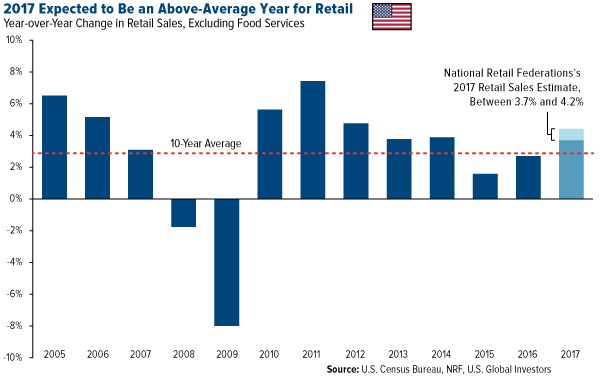
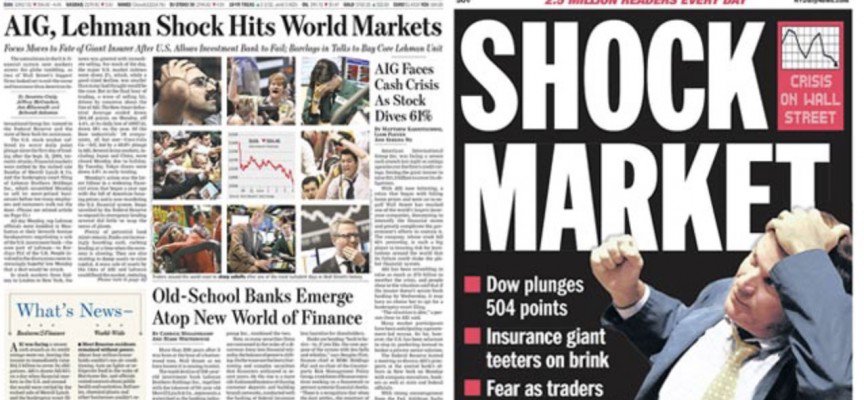 Barrons has interviewed Michael Belkin, the man who counsels the largest sovereign wealth funds, hedge funds, pension funds, and institutional money in the world, and his warning may foreshadow a stock market collapse.
Barrons has interviewed Michael Belkin, the man who counsels the largest sovereign wealth funds, hedge funds, pension funds, and institutional money in the world, and his warning may foreshadow a stock market collapse.
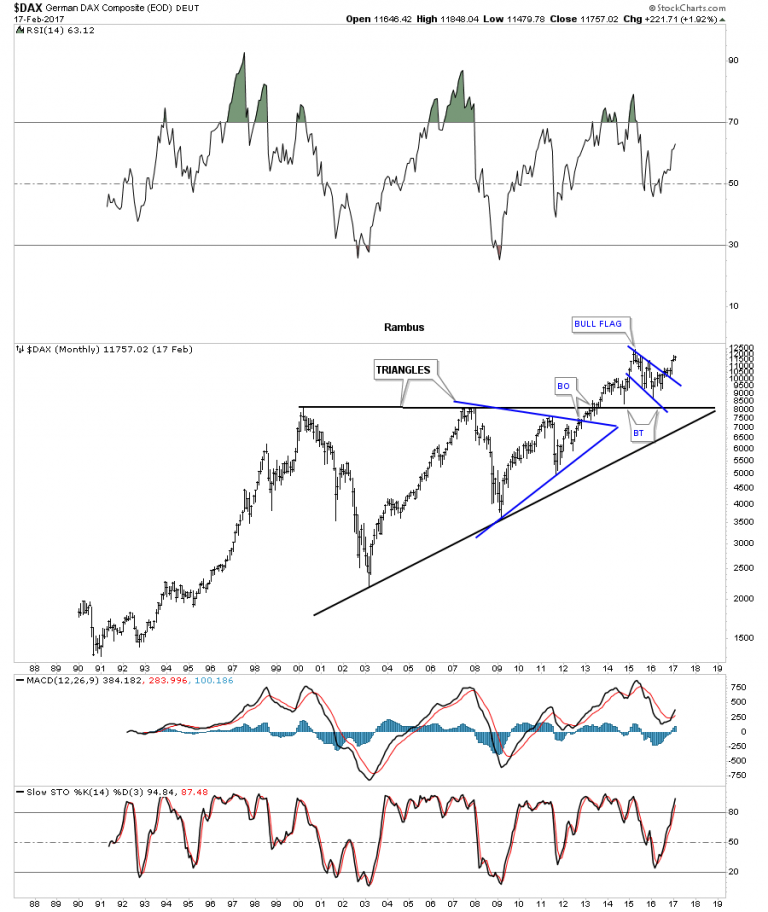
 Stocks in all areas of life sciences including biotech to pharma have been on a roller coaster since Donald Trump won the election in November. Wealth advisor Kristin McFarland discusses the big picture for pharmaceutical investment under the new administration.
Stocks in all areas of life sciences including biotech to pharma have been on a roller coaster since Donald Trump won the election in November. Wealth advisor Kristin McFarland discusses the big picture for pharmaceutical investment under the new administration.









